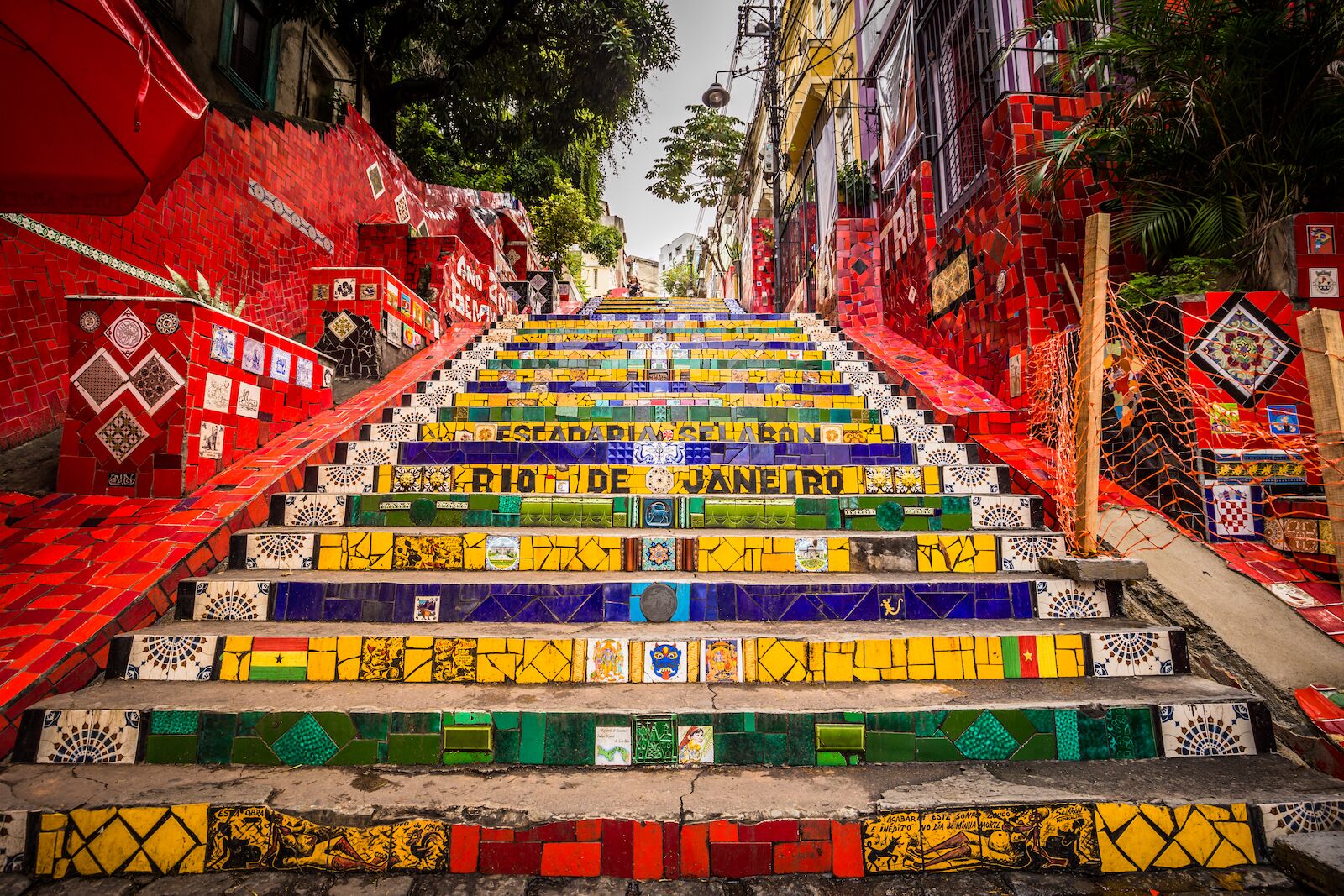Round a corner in Rio de Janeiro, Brazil, and you’re likely to be greeted by a bright, evocative image — sometimes small, sometimes very large. The city is awash in creative and colorful street art.
“Rio has a lot of street art projects going on, a lot of talented artists, and a lot to say,” says Nina Gani. In 2014, Gani founded the Rio Street Art Tours, the first company to take travelers on tours of Rio’s colorful, bold street art.




